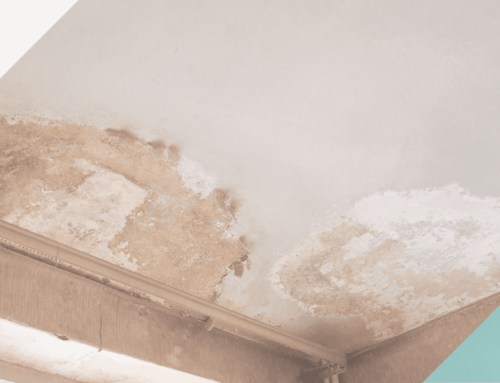Whether you find yourself in the role of a landlord or tenant in the world of commercial property, it’s essential to understand the concept of service charges, their extent, and the approaches employed in their calculation.
Understanding Service Charges
Service charges, as the name implies, are fees imposed on tenants by landlords to cover specific services. They are in addition to regular rent payments and are intended to offset the landlord’s expenses related to property management. The necessity and significance of service charges can vary depending on factors such as the size, occupancy, and intended use of the commercial property. For instance, larger multi-use properties tend to have higher upkeep costs compared to smaller properties with single occupants.
Service charges can be structured in different ways. In some cases, tenants pay a predetermined fee for certain services, such as maintaining shared facilities. In other scenarios, landlords offer services on an as-needed basis, and tenants are subsequently billed for the services rendered. The latter approach typically covers services like cleaning and gardening rather than critical structural maintenance.
Services Covered by Service Charges
The range of services covered by service charges can vary from lease to lease and property to property. Nonetheless, here are some common services often included in commercial property leases‘ service charges:
- Cleaning of common areas
- Repairs to common areas
- Maintenance and upkeep of fire safety equipment and emergency systems
- Insurance for common parts
- Maintenance of exterior areas (walkways, roads, gardens)
- Lighting
- Elevator maintenance
In addition to these common services, most commercial leases may allow landlords to provide additional services they consider necessary. However, tenants should exercise caution regarding such provisions, and landlords are generally expected to demonstrate a reasonable necessity for these services to avoid potential disputes.
Tenants may want specific items excluded from the service charge, even if they require these services. This can include costs related to structural defects, lost income from vacant units, initial development expenses, management agent fees, or breaches by the landlord.
Calculating Service Charges in Commercial Property Leases
Service charges are typically calculated as either fixed or proportional. Fixed service charges represent a predetermined percentage of the expected total service charges for the entire building or property. Proportional service charges, on the other hand, are determined by the portion of the building or property that the tenant’s unit occupies.
While proportional service charges may seem equitable for cost-sharing among tenants, it’s essential for tenants to ensure they are not liable for expenses related to vacant units.
In recent times, service charges have been increasingly used to cover shared services like gardeners, cleaners, and maintenance staff. Landlords may bill all their tenants for these collective services. Therefore, it’s crucial to carefully review the service charge clause in your tenancy agreement, as it can range from broad to specific and differ from case to case.
If you intend to limit your service charge liabilities, it is advisable to consult a commercial solicitor early in the commercial leasing process. They can provide valuable guidance on navigating these aspects of your lease agreement.
Our blogs and articles are correct at the time of writing.
These have been created for marketing purposes only and should not be considered as legal advice.





